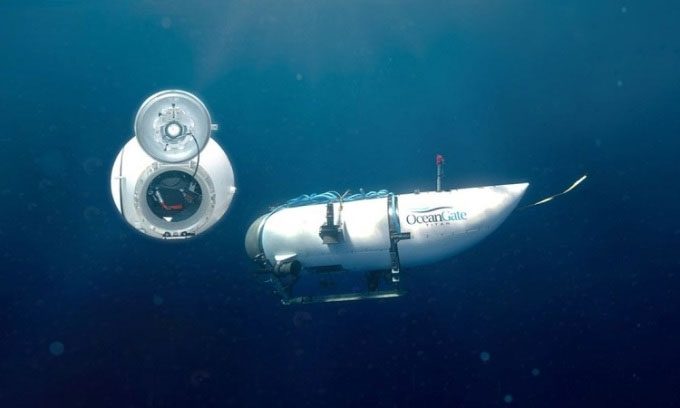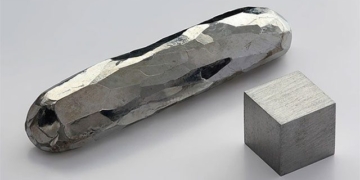The Titan submersible, involved in the implosion accident that claimed the lives of five passengers, utilizes ultra-light materials and numerous features not found in similar submersibles.
The Titan submersible is constructed from unusual materials that allow it to dive to locations such as the wreck of the Titanic, situated at a depth of 3,810 meters beneath the Atlantic Ocean. While submersibles like the US Navy’s Alvin (which also explores the Titanic wreck) use titanium hulls, the submersible from OceanGate is made from carbon fiber combined with a titanium cap. According to the company, the Titan is the only carbon fiber submersible in the world capable of carrying five people to depths of 4,000 meters.

The passenger compartments of the Deepsea Challenger (left) and the Titan (right). (Photo: Popular Mechanics).
Similar to aircraft and spacecraft, titanium is used in submersible construction due to its lightweight yet strong properties, but it is also extremely expensive and difficult to work with. This is why the US Navy continues to build nuclear submarines from steel, even though the new Virginia-class attack submarines are estimated to reach a maximum depth of about 457 meters.
Deepsea Challenger, the famous submersible that took director and underwater explorer James Cameron to the world’s deepest point at Challenger Deep at a depth of nearly 11 kilometers, is primarily made from a special type of glass foam, with its passenger compartment consisting of a steel sphere attached to a support frame. According to the Woods Hole Oceanographic Institution, which operates the Deepsea Challenger, about 70% of the vehicle’s volume is made from this type of foam. The glass foam contains glass spheres embedded in epoxy resin, providing both buoyancy and structural support.
The carbon fiber structure of the Titan results in a lighter weight. The Deepsea Challenger weighs about 12 tons and carries one person. The Alvin, with one pilot and two passengers, weighs approximately 17 tons. The Titan, carrying one pilot and four passengers, weighs only 10 tons.
There are many concerns about whether carbon fiber is suitable for ultra-deep diving vehicles, or at least whether this material has been thoroughly tested for such great depths. For instance, at the location of the Titanic wreck, the pressure reaches up to 4,200 tons/m2. Carbon fiber is cheaper than titanium or steel and extremely rigid, but it has scarcely been tested on deep submersibles like the Titan.
Unlike the spherical design of the Deepsea Challenger, which helps distribute pressure evenly, the cylindrical shape of the Titan means that some areas are subjected to greater pressure than others. At depths greater than 3.6 kilometers below the sea surface, even a small crack in the hull could cause an immediate implosion.
Previously, there were many reports expressing concerns about the safety of the Titan. David Lochridge, a former director of marine operations at OceanGate, warned the company in 2018 that the external viewing window was only rated for depths of 1,300 meters. Lochridge was subsequently fired.
Former passengers also described issues with the vessel’s propulsion, navigation, and communication systems, such as improved controllers resembling game controllers or hatches that could not be opened from the inside. Most submersibles are certified by international maritime safety organizations. In contrast, OceanGate claimed that the Titan was advanced enough that seeking certification was too time-consuming.





















































